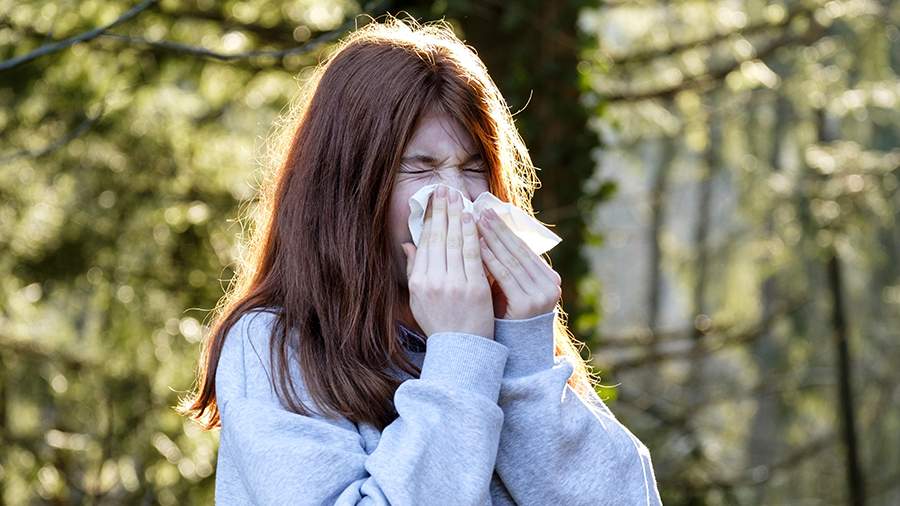The expert named an accurate way to identify hidden allergies in children.

A child's predisposition to allergies is laid down even before conception. In addition, a process can begin in the body when the immune system already "gets acquainted" with the allergen and begins to produce specific antibodies, while there are no visible symptoms yet. In this case, the next contact with the allergen can lead to anaphylactic shock (anaphylaxis). Lyubov Stankevich, Candidate of Medical Sciences, Director of Laboratory Medicine and Manufacturing at LabQuest and Q Clinic, told Izvestia about this on April 2.
According to her, a child's allergies can be caused by the mother's smoking during pregnancy, poor nutrition, weak immune system or environmental conditions. However, at the same time, latent sensitization can occur in the body — a process when the immune system already "gets acquainted" with the allergen and begins to produce specific antibodies, but there are no visible symptoms yet. This is especially dangerous because upon subsequent contact with the allergen, the reaction can be extremely severe, up to anaphylaxis.
"That is why one cannot rely solely on subjective observations and simple questions.: "Have you ever eaten peanuts? Did you have a reaction?" If the answer is "no," it doesn't mean anything. The same applies to children: the absence of symptoms does not guarantee that there is no danger of allergic reactions," explained the Candidate of Medical Sciences.
The expert clarified that there are many cases when sensitization goes unnoticed and leads to tragic consequences. That is why it is necessary to conduct allergy testing in advance, especially if there are allergies in the family.
According to Stankevich, the diagnosis of allergies in a child should not be limited to standard panels that check the reaction to several popular allergens. Modern medicine allows you to calculate the specific molecules that cause the reaction, which allows you to more accurately determine the degree of risk.
"One of the most modern and accurate methods of allergy diagnosis is the Allergochip study. Unlike standard panels, it allows simultaneous detection of sensitization to more than 300 allergens, including both extracts and individual molecules. This is especially important for understanding cross—reactions," the specialist explained.
Moreover, the expert argues that it is necessary to identify allergies not only in children, but also in parents at the stage of pregnancy planning. This will allow you to assess the risks in advance and avoid serious consequences in the future.
Earlier, on March 13, Vera Serezhina, an expert doctor at the LabQuest medical company, told Izvestia about ways to deal with spring allergies. According to her, pollinosis occurs in 10-30% of all allergy sufferers and is manifested by tearing, sneezing, nasal congestion, itchy eyes and sometimes even asthma attacks. The main provocateurs of exacerbations are plant pollen and cross—allergens - nuts, spices, honey, herbs and stone fruits like apples.
Переведено сервисом «Яндекс Переводчик»

